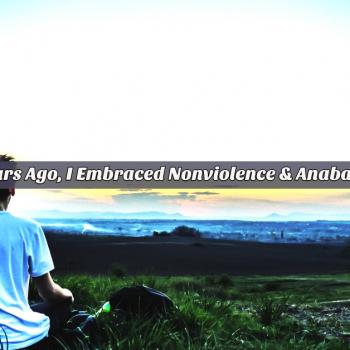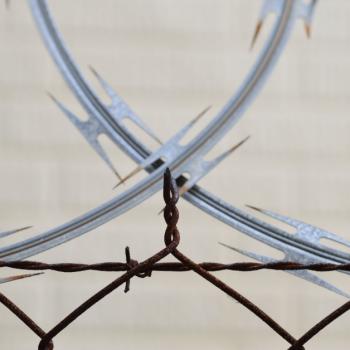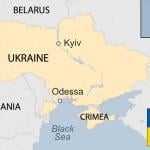Yesterday evening at sundown began the ancient festival of the Passover. As you may remember, this is the celebration that retells the story of the Hebrews being liberated from their bondage in Egypt. The theme of “exodus” is one that has often been overlooked by Christians, but is one that we must not ignore if we are going to read the bible “for all its worth.”
Below is a post that I did a year or so ago, when I began to do some research on the Jewish roots of our faith.
——————————–
ORIGINAL POST
I have been doing some thinking and study about Exodus/Passover motifs in the New Testament. One of the most obvious ones is found in the gospels when Jesus is in the upper room with his disciples. Most scholars agree that the Last Supper was shared by Jesus during a Passover meal or “Seder” (I am choosing not to go into the problem of John’s Gospel and the difficulty it presents to this theory, but am personally convinced that even the fourth evangelist’s account of Jesus can be brought into harmony on this issue).
Something that I recently learned is that Jesus did not drink the communion cup that we Christians associate with our celebration of Eucharist until after the dinner was complete. What this means is that this was the third cup of wine in the Passover meal of four cups. This cup is called the “cup of redemption.” The potential imagery of this is powerful when you consider that Jesus seemed to have not indulged in the fourth cup (reference in Mark 14.25) which appropriately is called “cup of consummation.” What Jesus seems to have done is to frame the reality of the already-but-not-yet kingdom of God. Our lives find themselves navigating between the tension of what God intends to do in the future and what he has already done through the perfect sacrifice of his son; the “lamb of God.” As Marvin Wilson states in his book, Our Father Abraham: Jewish Roots of the Christian Faith:
“The unfinished meal of Jesus was a pledge that redemption would be consummated at that future messianic banquet when he takes the cup and ‘drinks anew in the kingdom of God.’” (p 247)
What are your thoughts on the above “cup” image? What are some interesting and often overlooked connections of Exodus/Passover motifs that have inspired you? What other Jewish roots connections have you discovered that are often overlooked? What else does this post bring to your mind?

















